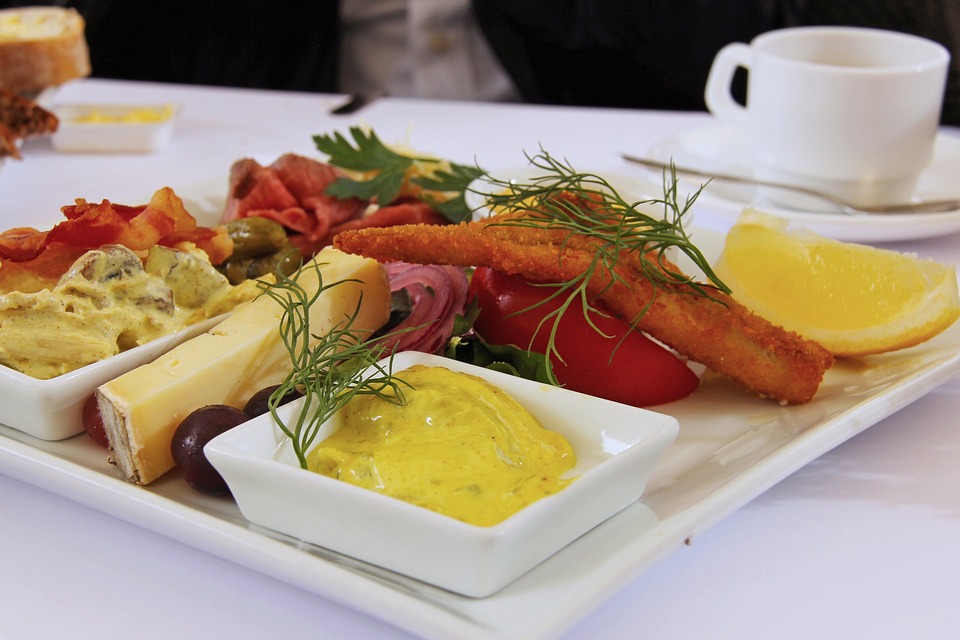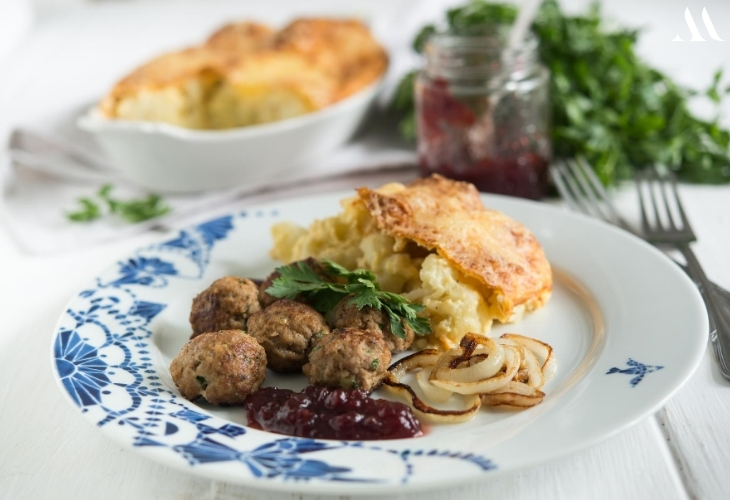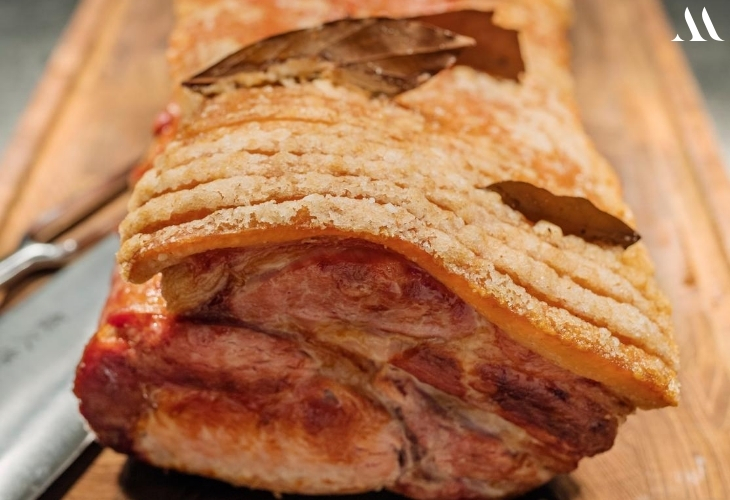The Delectable Food of Denmark
Danish cuisine never started as an elaborate affair of the affluent or a fancy cuisine. Rather, it was seasonal and based around the farmer style cooking using farm-grown vegetables or fruits, rye bread and salted pork as the staple. The food pattern was mostly for sustenance against harsh cold, and therefore the meat was included in almost all the dishes. Many spices used, such as cinnamon, cardamom, nutmeg, and black pepper, were introduced in Danish cooking as early as the Viking age because of the international trade with other countries even back then. With the industrial revolution, the food style, cooking and consumption saw enhancement too, a higher awareness associated with nourishment.

Hygge is a vital part of Danish culture, and naturally, food is the cornerstone to attain hygge. The idea is to feel contentment in having good food, preferably local produce, friendly company, comfortable furniture, good music and lighting, contagious laughter and overall a happy time for everyone. The preparation and serving of the food make a great part of the experience of enjoying Danish cuisine. Traditional meals include minced beef patties, roast pork, poached cod, fried fish and red cabbage. New Danish cuisine with gourmet dishes was slowly adapted in the mainstream cuisine by new-age chefs with some French influence. However, the traditional recipes were improvised for the better, tapping into local produce's potential with "purity, freshness, simplicity and ethics."
Here are some classic dishes you must try when in Denmark.
Smørrebrød
Originally smør og brød, meaning "butter and bread", is the open-faced sandwiches.
The base is a buttered slice of Rye bread topped with a variety of cold cuts, pieces of meat or fish, cheese or spreads and to make it more attractive. It is garnished with precise accompaniments to create a tasty and visually appealing food item.

Some variations are –
Dyrlægens natmad - Rye butter slice with live pate spread topped with the salted beef, sky and decorated with raw onion rings and garden cress.
Røget laks - slices of cold-smoked salmon on white bread, topped with shrimp and decorated with a sliver of lemon and fresh dill.
Leverpostej - Warm rough-chopped liver paste spread on dark rye bread, bacon and sautéed mushrooms on top. Lettuce and sliced pickled cucumber are added as a variety.
Røget ål med røræg - Dark rye topped with scrambled eggs, herbs and a slice of lemon.
Ribbensteg - roast pork thinly sliced and served on dark rye bread, layered with red cabbage, and garnished with a slice of orange.
Rullepølse - stuffed pork with a slice of meat jelly, onions, tomatoes and parsley.
Stjerneskud - a buttered toast with two fish pieces: a piece of steamed white fish on one half, a piece of fried, breaded plaice or rødspætte on the other half. On top is a mound of shrimp and has a garnish of mayonnaise, sliced cucumber, caviar or blackened lumpfish roe, and a slice of fresh lemon.

Stegt Flæsk Med Persillesovs
It originally appeared in the 19th century; it is a simple and delicious combination of grilled, roasted or fried pork belly, boiled potatoes and flavourful parsley sauce.

Frikadeller
This savoury pork and veal meatball is a favourite in Denmark, seasoned simply with onions, nutmeg, garlic, sage and some salt and pepper. It is usually served with brown sauce, potatoes, and cabbage.

Flæskesteg
A traditional Danish dish and a Christmas favourite – the Roast pork with the crispy rind. The skin on the pork roast gives the perfect and delicious cracklings. Typically accompanied by caramelized or boiled potatoes and braised red cabbage.

Karbonader
These breaded pork patties are a popular dinner item in Danish cuisine. It’s called krebinetter in Zealand, and the finer differences in the name make up for a discussion that one Karbonader is plain pork patty whereas Krebinetter is coated with eggs, flour or breadcrumbs and has an oval shape. Whatever they are called, the patties are usually accompanied with rugbrød (rye bread) and a creamy stuvede grønærter (vegetables in a white sauce), boiled vegetables such as carrots, potatoes and peas and stewed white cabbage.


Æbleflæsk
Danish Apple Pork dish is an old classic recipe from the 18th century especially did rounds in cold winter in rural kitchen. This delectable savoury-sweet combination of slices of salted pork and apples is traditionally sautéed in butter with diced onions and seasoned with fresh rosemary leaves, bay leaves or thyme served and with rye bread.


Mørbradbøffer i flødesovs
Tenderloin with Cream Sauce is a classic, hearty comfort food. Perfectly balances juicy flavourful pork tenderloin with the rich, smooth cream sauce, sautéed onions and mushrooms and mainly served alongside potatoes, rice, and pickles.


Rødspættefilet
Plaice Fillets dusted with rye flour before they are pan-fried until golden and crispy. Usually accompanied by potatoes, parsley sauce, sautéed vegetables, salads or lemon wedges.


Æggekage
Traditional Danish Omelet. Eggs, Milk, Flour, salt and Pepper are whisked together and poured into a skillet and cooked in an oven. Classic toppings are of various condiments, fried bacon, tomatoes, and chopped chives. Served with rye bread or boiled potatoes.


Tags ~ What to eat in Denmark, Traditional dishes to eat in Denmark, Most famous Danish food, Traditional Danish cuisine, Types of Smørrebrød












